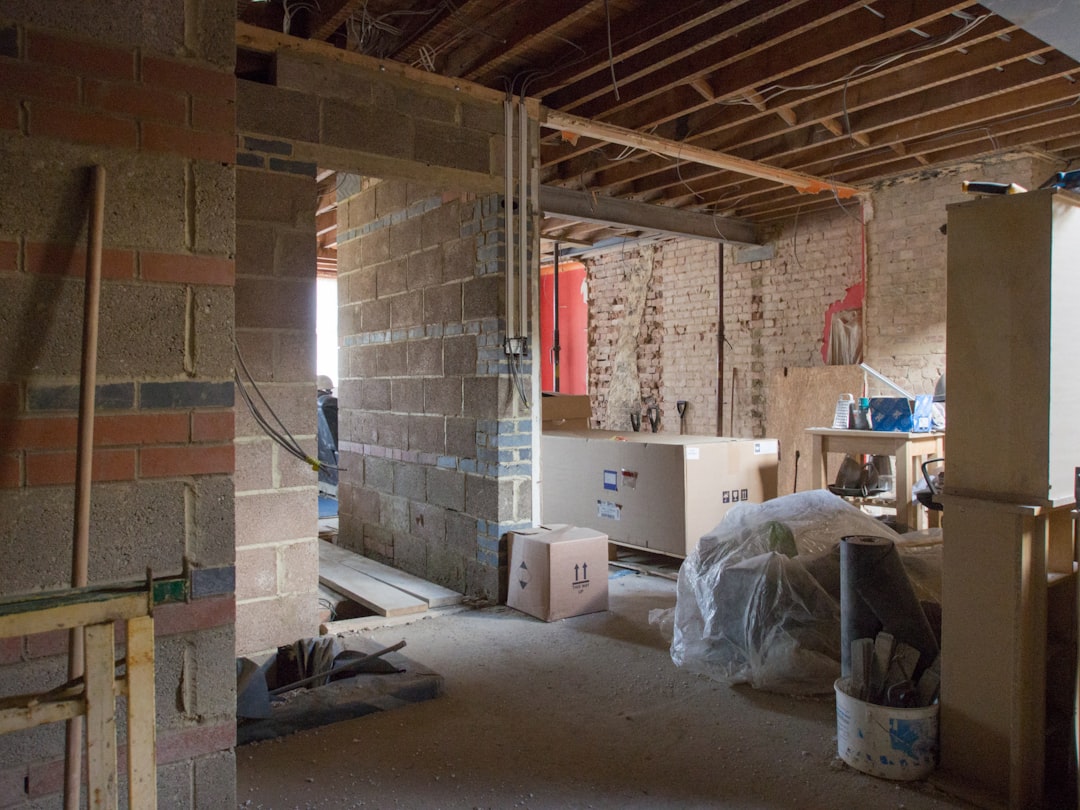
Homeowners across Greater Cincinnati are prioritizing efficient, eco-friendly wall and attic assemblies. Cellulose insulation checks every box—high R-value, sound dampening, fire resistance and a recycled content rate that makes LEED assessors smile. Yet achieving those benefits depends on precise coverage and cost control. That is where CountBricks comes in.
• Superior density reduces wind-washing in Ohio’s blustery winters
• Hygroscopic fibers help regulate interior humidity during muggy summers
• Treated with borates for mold and pest resistance—critical in Ohio river valley basements
• Made from 80 % post-consumer paper, lowering the carbon footprint of any remodel or new build
The City of Cincinnati follows Residential Code of Ohio 2024, which mandates attic R-49 and wall R-20 performance. CountBricks AI instantly cross-checks planned cavity depths with code tables, flagging undersized framing bays before installation day. That proactive approach eliminates costly return trips and re-inspections.
Traditional estimating relies on manual takeoffs and spreadsheet guesswork. CountBricks replaces that friction with a voice-first workflow engineered for crews on the move.
1. Speak dimensions on-site—“2,400 square foot ranch, 8-foot walls, vented attic.”
2. CountBricks AI converts speech to structured data in seconds.
3. Real-time market feeds push current cellulose bag pricing and blower rental costs to your dashboard.
4. Labor productivity tables, calibrated to Ohio wage rates, auto-populate the line items.
5. A branded PDF proposal is generated, complete with unit costs, markups and payment schedule, ready for e-signature.
• Same-day estimates win projects before competitors return calls
• Integrated blueprint takeoffs eliminate double entry between plans and field notes
• Dynamic pricing safeguards profit margins when material costs swing
• Cloud history lets you retrieve past insulation jobs for quick quoting on additions
• Bag density target (3.5 lb/ft³ dense-pack vs 1.6 lb/ft³ loose-fill)
• Accessibility (vaulted ceilings, knee walls and narrow attics add labor hours)
• Air-seal prep work (baffles, caulk, top-plate blocking)
• Disposal fees for old fiberglass batts in retrofit situations
CountBricks itemizes each factor so your client understands where every dollar goes, minimizing price objections.
• Under-estimating material: Our bag calculator factors in settling percentage based on local humidity data.
• Ignoring netting costs: The software inserts square footage of mesh when dense-packing open walls.
• Skipping blower rental line: Crews often forget this hourly expense; CountBricks never does.
• Overlooking tax abatements: CountBricks flags Cincinnati’s Residential Tax Incentive for energy upgrades, increasing homeowner approval rates.
• Moisture Matters: Always test attic sheathing with a 15 % moisture meter threshold before blowing.
• Staging Bags: Keep pallets within 20 feet of hopper to reduce installer fatigue.
• Hose Selection: Use a 2.5-inch hose for long attic runs to maintain airflow.
• Mark Depth: Staple ruler strips every 300 square feet for easy inspector sign-off.
• Capture Photos: Upload site images to CountBricks.com/portfolio and attach them to the final invoice for client transparency.
Whether you are a GC chasing Energy Star ratings or a homeowner retrofitting a craftsman bungalow, CountBricks streamlines cellulose insulation from first conversation to final inspection. Visit CountBricks.com/services to schedule a free virtual demo or call our Cincinnati office for next-day project onboarding.

When the Wilson family purchased a 1920s bungalow in Hyde Park, their first winter revealed drafty walls and sky-high gas bills. They turned to CountBricks for a rapid cellulose solution.
1. On-Site Voice Capture: Our technician walked the 1,750 ft² home, dictating wall stud spacing and attic dimensions. The entire takeoff populated in under five minutes.
2. AI Cost Optimization: CountBricks compared dense-pack versus loose-fill scenarios, calculating a 12 % material savings by dense-packing walls at 3.8 lb/ft³ while loose-filling the attic at 1.6 lb/ft³.
3. Seamless Scheduling: The homeowner signed the proposal digitally that evening. Our scheduling module slotted a two-day install the following week, coordinating blower rentals and bag deliveries automatically.
4. Verified Performance: Post-install blower-door tests showed a 28 % reduction in air leakage. The Wilsons now save an estimated \$640 per year in heating and cooling costs.
• Data-Driven Decisions: Real-time pricing safeguarded margins despite a mid-week cellulose price bump.
• Code Alignment: CountBricks flagged the need for R-5 exterior foam on a north wall, ensuring compliance with Cincinnati’s thermal bridging amendments.
• Transparent Documentation: Photos, receipts and inspection reports live in the client